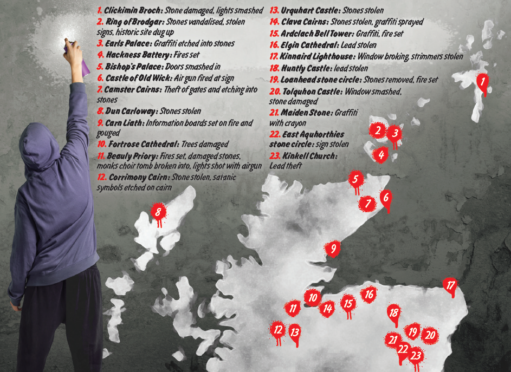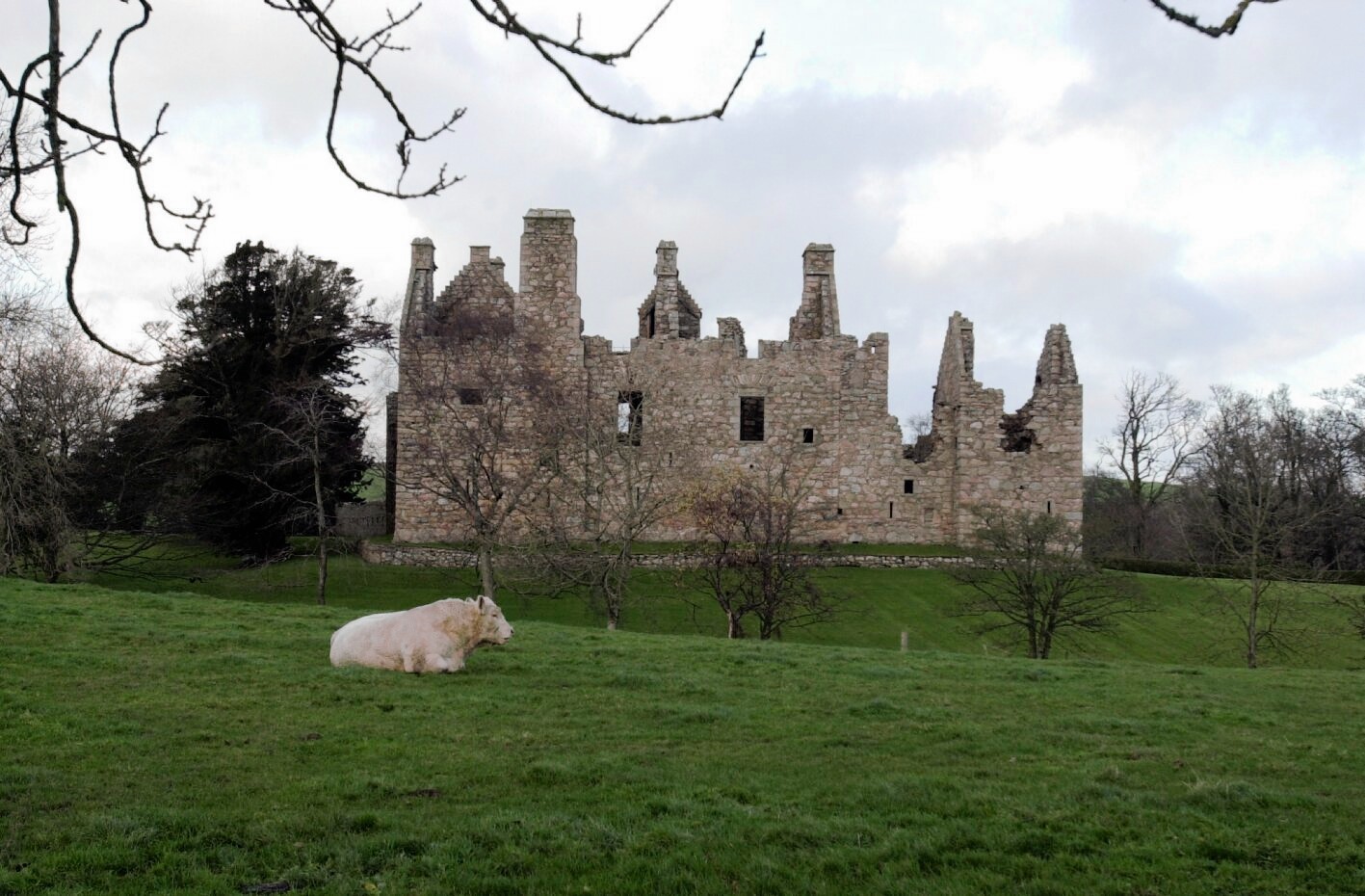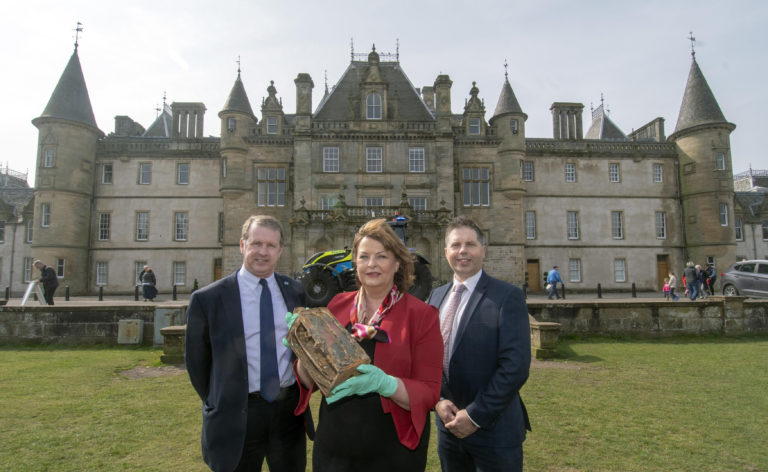Medieval castles robbed of history, graffiti etched onto standing stones, and the reckless use of airguns have been just some of the “mindless” cases of vandalism recorded at ancient landmarks across the north and north-east.
New data released to the Press and Journal by Historic Environment Scotland (HES) has revealed the true scale of the shocking incidents since 2011.
In 2014, crayon was scrawled over the Maiden Stone, a ninth century Pictish standing stone near Inverurie.
The same year vandals targeted the Corrimony Cairns in the Highlands.
The historic Neolithic grave, surrounded by 11 standing stones, had satanic symbols etched on them.
Stones and rocks that had lain largely undisturbed there for centuries were also moved.
The following year, at Beauly Priory, HES staff were dismayed to discover the Monks Choir freestanding tomb had been broken into and damaged and an airgun fired in the vicinity.
Throughout the years windows, doors and furniture have been destroyed at locations such as Kinnaird Lighthouse in Fraserburgh, Bishops House on Iona and Tolquhon Castle near Pitmedden.
Lead was also stolen from Huntly Castle 2012 incident, costing thousands of pounds, while thieves have also targeted Elgin Cathedral three times, once taking lead from the roof of the tomb belonging to Alexander Gordon, 1st Earl of Huntly.
The data states that £40,000 has been spent to rectify damage deliberately caused at the castles, monuments and sacred sites in Grampian and Highlands.
Historians have stressed the incidents go further than monetary cost as the impact on future generations – whether it be etched graffiti that alters the fabric of history, or the theft of items that are never recovered – is also a major concern.
We are fascinated with historic wrong-doings, but modern crimes committed against heritage aren’t making it into the history books. From crashed drones in Stirling to underwater theft from Scapa Flow, our blog uncovers recent examples of heritage crime: https://t.co/5a9jZ8Lqyw pic.twitter.com/VS24YJfdYI
— Historic Environment Scotland (@HistEnvScot) April 23, 2019
A spokeswoman for Historic Environment Scotland said: “The historic environment belongs to all of us and we work closely with local communities to raise awareness of the impacts of heritage crime and how we can work together to tackle it.
“We would encourage anyone who witnesses any such incident to contact the police.”
HES added that the total cost, of near £40,000, to repair vandalism does not include staff time.
Small and rural sites were found to face the greatest challenges – as their remote locations tend to offer unhindered access to vandals.
HES’s data shows the Ring of Brodgar on Orkney has been vandalised four times and Clickimin Broch, on neighbouring Shetland, hit with deliberate damage on five occasions – more than any other HES sites.
Inspector Alan Dron, rural crime coordinator at Police Scotland, said such incidents “rob us of our history and its cost and impact on communities is enormous – not just in monetary value but in social costs.”













